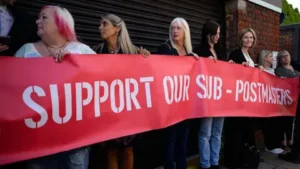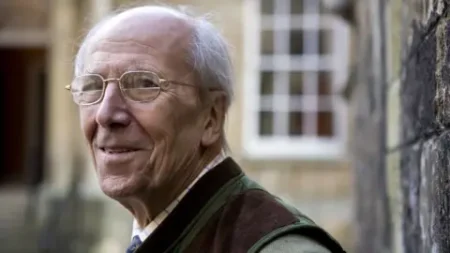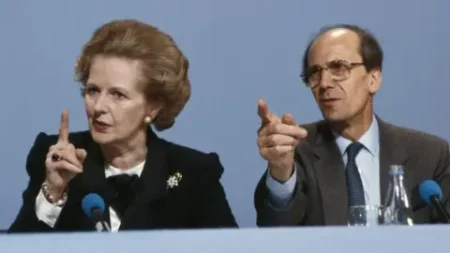In a recent development that has stirred considerable conversation, the Reform council of Leicestershire has been prompted to revisit the policy surrounding the flying of flags at County Hall. This decision came following a controversy over the discontinuation of a scheduled flag display that included significant representations such as those for LGBTQ+ Pride Month and Windrush Day. The council’s decision to scrap the previously approved flag policy during its first cabinet meeting on June 12 raised concerns about inclusivity and representation in the community.
The council’s scrutiny commission has advised that clarity is essential regarding which flags should be displayed, particularly on the fourth pole located in the quadrangle of County Hall in Glenfield. This determination is of great importance as the flags symbolize various communities and their rights. The scrutiny commission has set a timeline for the matter to be reviewed again within ten working days, reflecting an urgency to address the concerns raised by various stakeholders in the community.
Before the dismissal of the flag policy, the agreed-upon plan indicated that the Union flag and the Leicestershire County Council flag were to fly permanently on two of the flagpoles outside County Hall. The third flagpole was designated for the St. George’s flag, although it would temporarily be replaced by the Lord Lieutenant’s flag during their visits. This arrangement had also included provisions for a fourth flagpole that would commemorate specific national days, such as Armed Forces Day and Commonwealth Day.
In a subsequent meeting led by Conservative councillor Deborah Taylor, chair of the scrutiny commission, members expressed unease with the ambiguous descriptions of the flag protocol. Taylor articulated the need for specific guidance on which flags would be raised, asserting that the existing protocol left “much too grey an area.” She emphasized that procedures regarding the flying of other flags should be carefully considered and ideally restricted to exceptional circumstances only, where discretion by council leaders and executives may be required.
The Reform council has largely championed the Union flag as a symbol of inclusivity, according to Deputy Leader Joseph Boam. He contended that the Union flag represents everyone, irrespective of their gender, sexuality, or race. His comments come in light of a letter sent by 102 social workers from the council, expressing their strong belief that flying community flags is crucial for demonstrating support toward marginalized groups. They argued that ceasing to display such flags fosters exclusion and suggests that those represented by them are unwelcome.
The discussion regarding flag policies thus highlights broader societal discussions about representation, community values, and the responsibilities of local governance to its constituencies. Additionally, it raises pertinent questions about how public symbols and icons reflect societal norms and values in contemporary governance.
Moreover, the ongoing dialogue indicates that community members are keen on ensuring that their identities and contributions to society are acknowledged and celebrated. This sentiment supports the notion of a diverse yet unified community, prompting the council to critically evaluate its existing policies for greater inclusivity and representation within the community landscape.
The scrutiny commission’s efforts to encourage a full review of the flag policy demonstrate the council’s attempt to respond to community sentiment while fostering a more inclusive approach. This situation embodies the complexities of modern governance, where decisions about public representation must balance tradition, inclusivity, and evolving social values in a diverse society. Consequently, it appears that the flag policy’s review will not only affect the local symbolism in Leicestershire but also speak volumes about the political climate and the evolving nature of public representation in the region.











